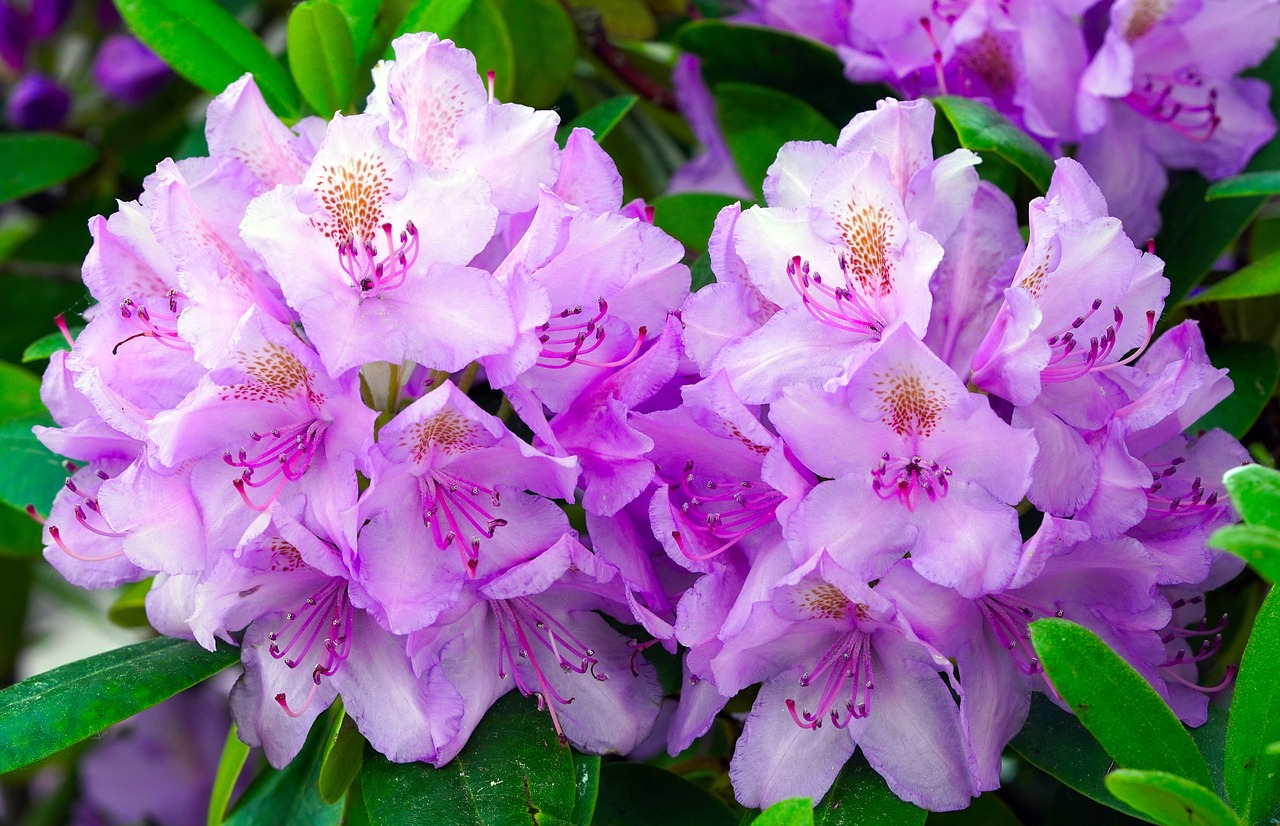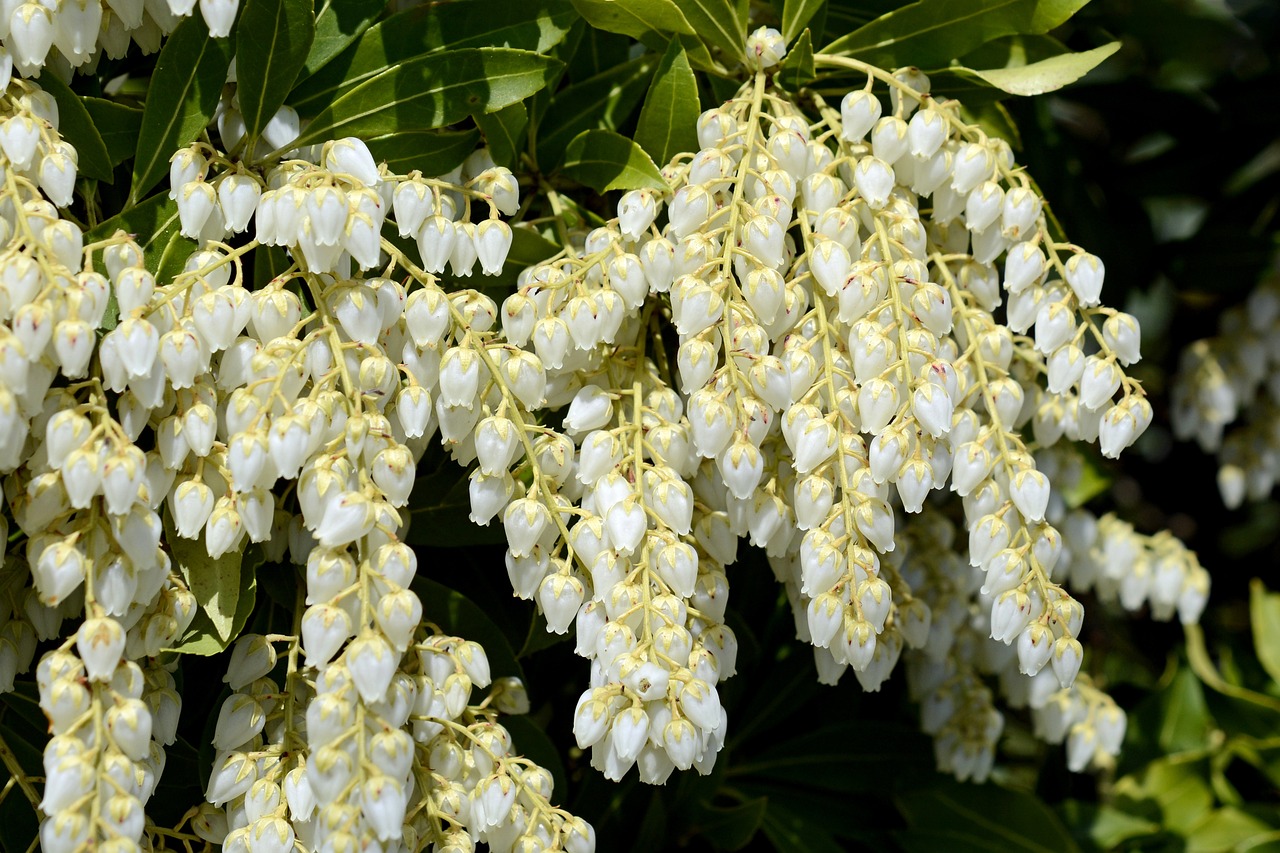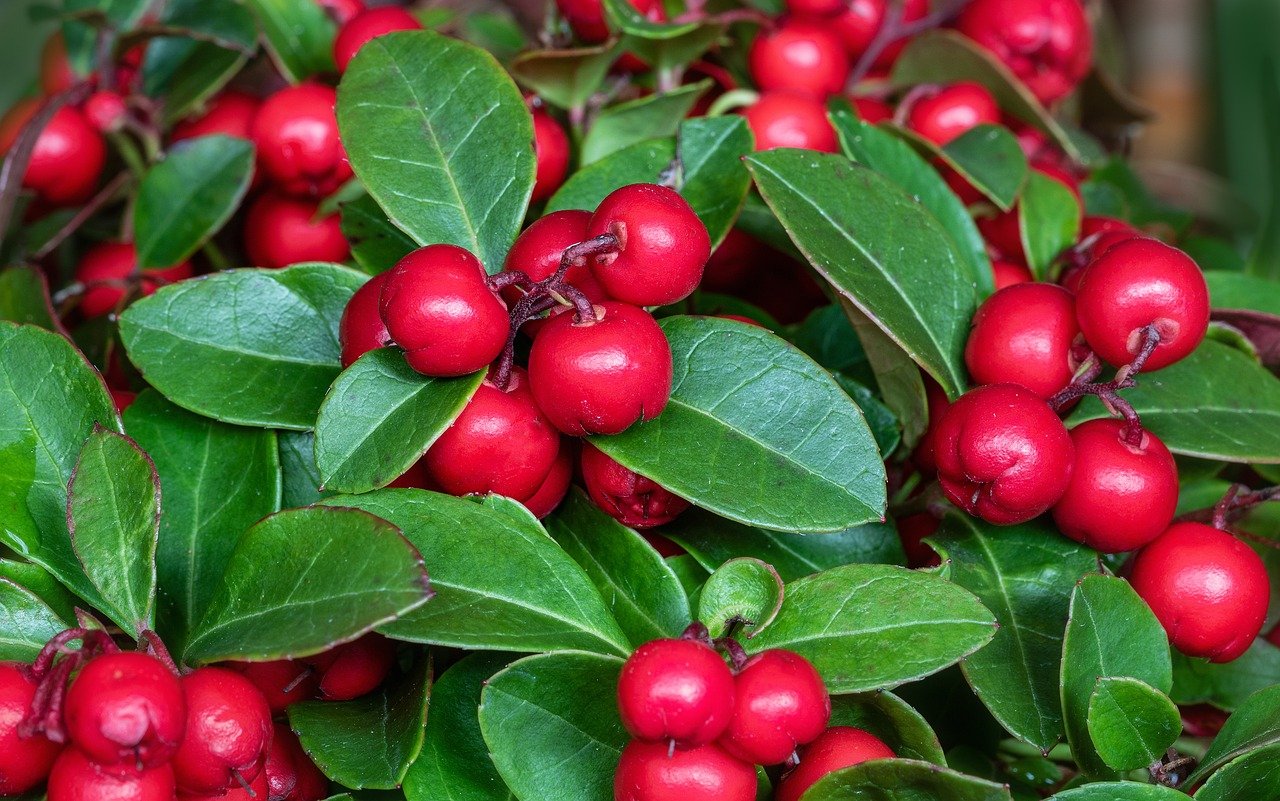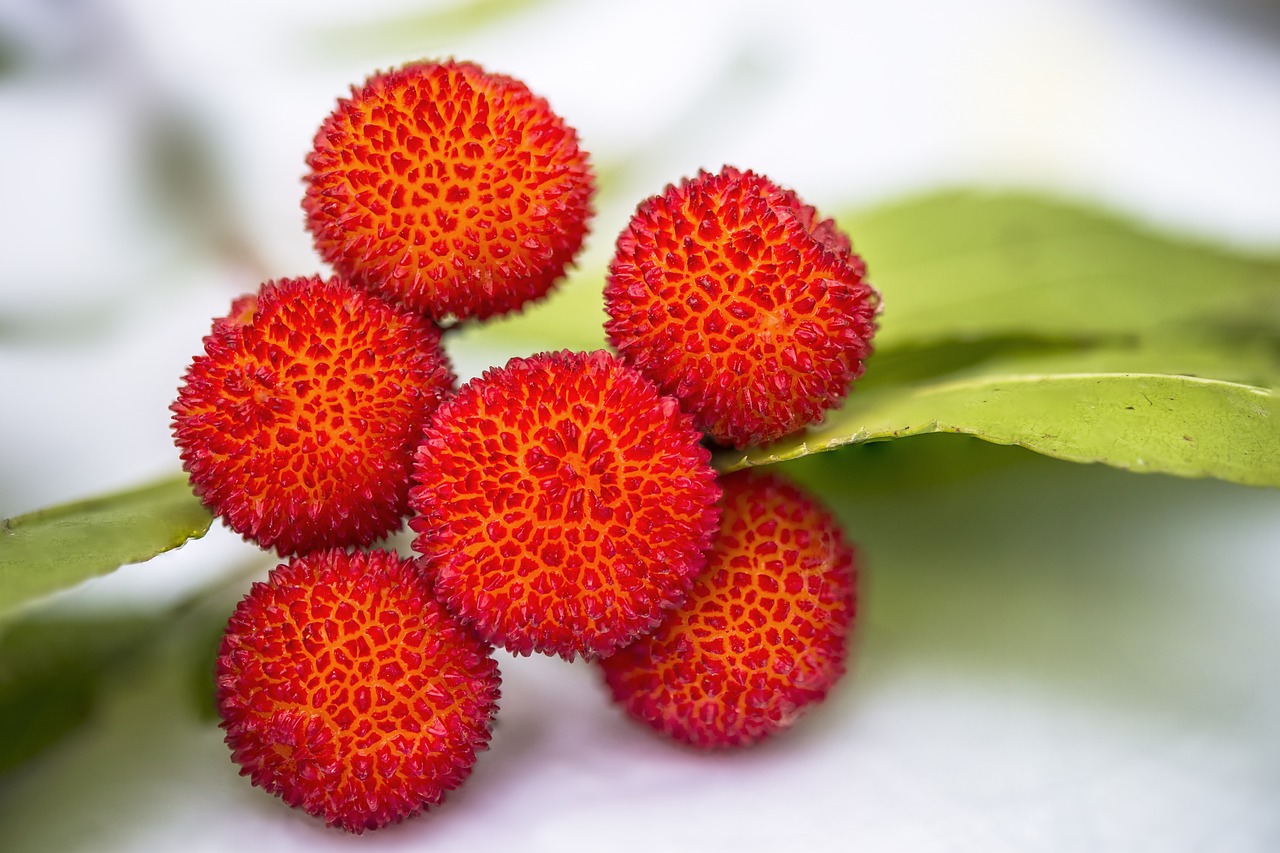Zenobia | The Proud White Blossoms Fragrant in the Early Summer of the American Wilderness
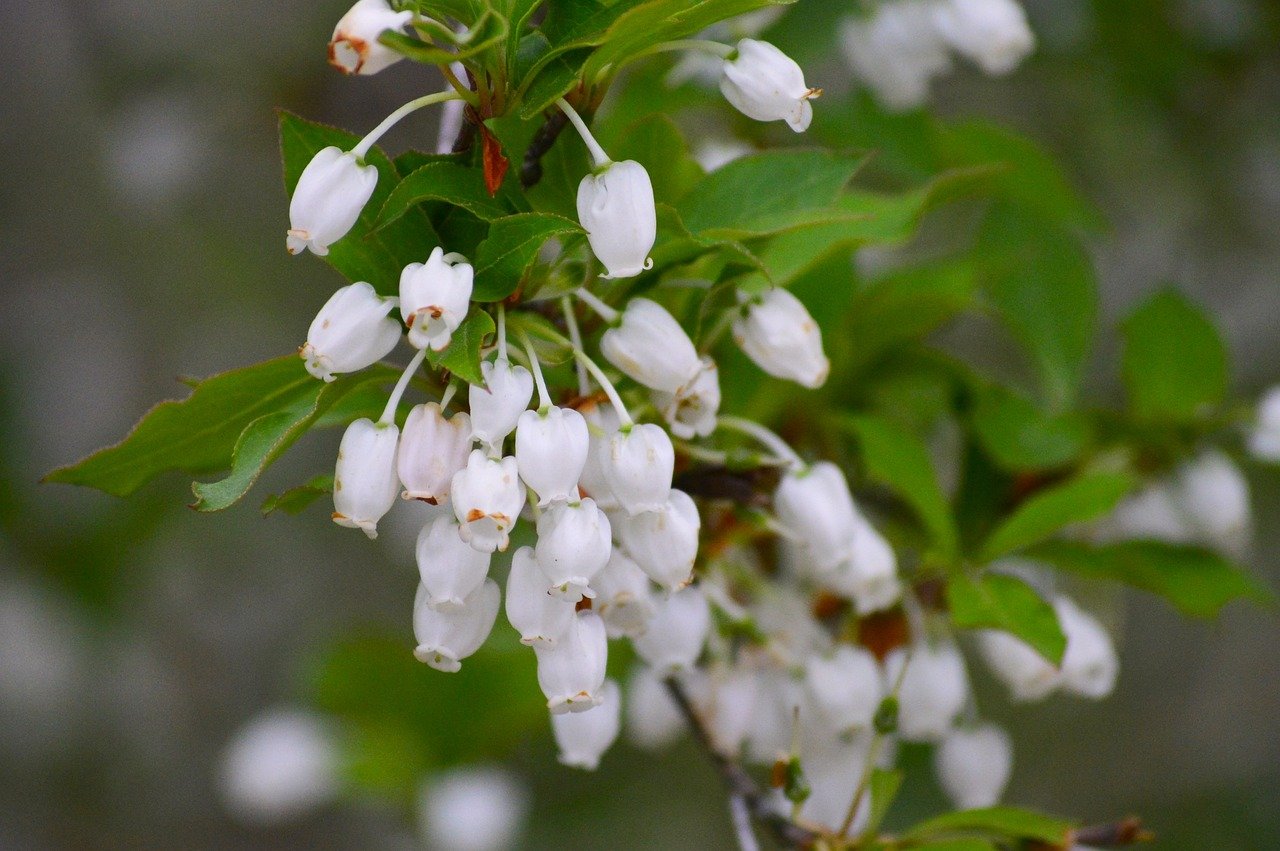
Zenobia is a beautiful shrub characterized by its bell-shaped flowers and bluish-green leaves. Its simple yet elegant appearance attracts attention in gardens and parks, and it is widely cherished, especially in North America.
In this article, I will introduce the basic information, cultural and historical background, as well as gardening tips for Zenobia.
Basic Information
- Scientific name: Zenobia pulverulenta
- Family: Ericaceae
- Origin: Southeastern North America
- Appearance: Zenobia is a deciduous shrub that grows to about 1–1.5 meters in height. It bears bluish-gray-green leaves and small white bell-shaped flowers. The blossoms exude a sweet fragrance, making them appealing both visually and aromatically. In autumn, the foliage turns shades of red and orange, offering a striking display of fall colors.
- Blooming season: May–June
Cultural Significance Around the World
As a native plant of North America, Zenobia is beloved as part of the natural landscape in the southeastern United States.
In Japan, it has been introduced as a garden shrub, increasingly used in natural-style gardens and rural landscape designs.
Furthermore, the white flowers of Zenobia are often regarded as symbols of purity and simplicity, making them suitable for decorations on special occasions.
Historical Background
The name Zenobia is said to derive from Queen Zenobia of the Palmyrene Kingdom in ancient Rome.
The plant was first discovered in the 19th century in North American wetlands, where it naturally thrived, and soon drew attention as an ornamental species.
Later, it was brought to Europe as a garden shrub, where it became incorporated into garden designs that value harmony with nature.
Gardening Advice
Because Zenobia naturally grows in wetlands, managing moisture and humidity is especially important. Here are some key points for cultivation:
Sunlight
It thrives in partial shade to full sun but should be protected from harsh direct sunlight. A location with dappled shade is ideal.
Watering
Keep the soil consistently moist, especially during summer, while ensuring good drainage to avoid waterlogging.
Soil
It prefers acidic, moist soil. Using soil mixes formulated for azaleas or blueberries is recommended.
Fertilizer
Apply fertilizer suitable for acidic soil in spring during the growing season. Avoid excessive amounts and use only as needed.
Pruning
After flowering, prune away old blossoms and weak branches to maintain shape. This practice also encourages better blooming in the following year.
Conclusion
Zenobia is an elegant shrub with distinctive white bell-shaped flowers and bluish foliage. Its delicate blooms from spring to summer, along with its vibrant autumn colors, add seasonal charm to any garden.
Although it requires proper moisture management due to its wetland origins, Zenobia is relatively low-maintenance once established, making it a captivating choice for natural-style gardens and ornamental planting.
I encourage you to grow Zenobia and enjoy its refined beauty throughout the seasons.


